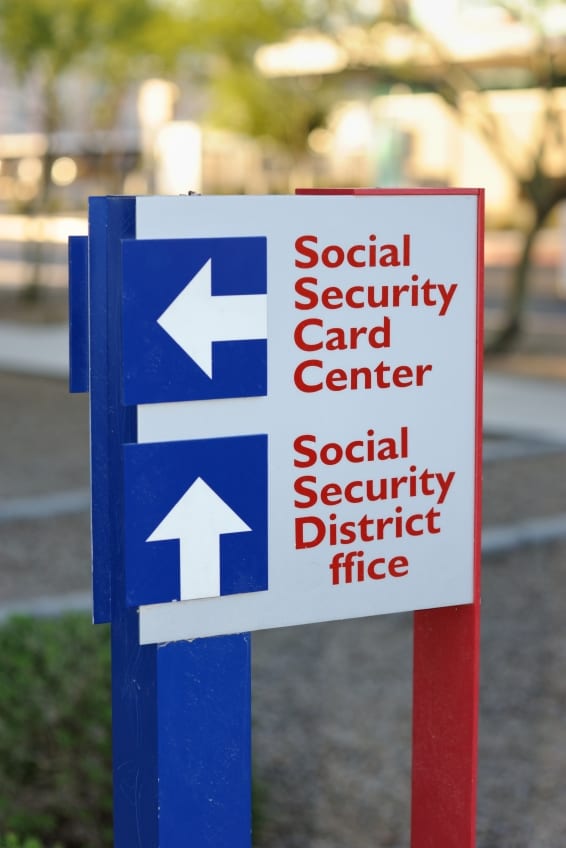 Reducing access to Social Security Administration field offices has been underway for a long time. In 2012, the SSA announced it would reduce field office hours, closing at 3:00pm weekdays and noon on Wednesdays. 80 field offices have also been shuttered permanently. In addition, the mailings of annual statements—which are the SSA’s most effective form of communication sent directly to beneficiaries about their earnings and benefits– were cut off completely in 2011. All in the name of cost-savings. Thankfully, SSA has announced paper mailings will resume.
Reducing access to Social Security Administration field offices has been underway for a long time. In 2012, the SSA announced it would reduce field office hours, closing at 3:00pm weekdays and noon on Wednesdays. 80 field offices have also been shuttered permanently. In addition, the mailings of annual statements—which are the SSA’s most effective form of communication sent directly to beneficiaries about their earnings and benefits– were cut off completely in 2011. All in the name of cost-savings. Thankfully, SSA has announced paper mailings will resume.
“The Social Security Administration is finalizing plans to resume mailing paper Social Security statements to some workers in September 2014. Statements will be sent to workers every five years in the year they attain ages 25, 30, 35, 40, 45, 50, 55 and 60, if they are not registered to receive online statements or already receiving benefits.” US News & World Report
But, as reported in labornotes, SSA employees are concerned there is much worse news still to come for SSA offices across the nation if a proposed strategic plan called Vision 2025 is adopted:
“Bureaucrats are mulling closure of most of SSA’s more than 1,000 community field offices in the U.S., where 43 million people sought services last year.
Even as the number of visitors continues to grow, Vision 2025 would virtually eliminate face-to-face service, replacing it with Internet services and an 800 phone number.
Thirty thousand field office employees would be laid off—following nearly 11,000 positions already eliminated. When SSA sought its employees’ input for Vision 2025, they responded overwhelmingly that field offices were vital to the agency’s mission.”
Front line SSA workers understand the importance of person-to-person contact and worry about replacing it with a website:
“… according to surveys of SSA employees, many claimants who file on the internet make decisions that could lead to the permanent loss of benefits. SSA employees are trained to catch those mistakes.
Ryan Gurganious, a claims rep for the disabled in North Carolina, cited an example: “When a disabled person is working, we’ll ask them, ‘In your job do you have any special expenses you have to pay to be able to work?’ They might say, ‘I have to get the county transportation service to come pick me up in my wheelchair, and that’s a $40 fee every month.’
“We know that that $40 comes out of the equation when we’re figuring their benefit, so they’ll get a larger SSI check. But the computer’s not going to ask them that.”
Labor Notes staffer Jenny Brown cites a personal example. Her father was originally told he was just shy of the required work credits to get Social Security benefits. He’d worked for many years for a state college that wasn’t part of the system at the time.
But an alert field office worker realized that he was also a World War II combat veteran—and a special rule for those vets put him over the limit to get a monthly check.
David Sheagley, an AFGE representative and SSA teleservice-center representative in Cleveland, notes that SSA workers “assist folks during stress-filled transitions whether it be death, disability, or retirement. In other words, our mission at SSA absolutely requires that human beings be available to talk with the public.”
We couldn’t agree more about the importance of person-to-person service for Social Security beneficiaries and hope any long-range planning at SSA keeps this at the heart of it’s mission.


